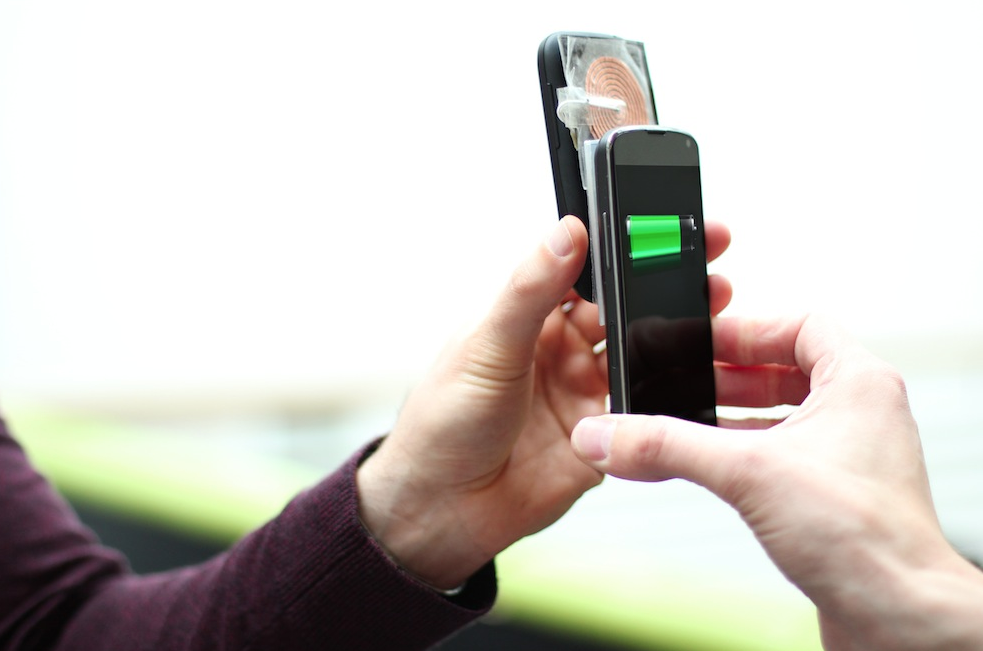
Tethering sections of your memory and consciousness onto a mobile device is especially dangerous if you’re caught unprepared. Insufficient battery life can quickly escalate a precarious situation from bad to worse, especially if you’ve misplaced your emergency power bank reserve. Seeking to cut down reliance on bulky external devices, researchers from the University of Bristol in England are actively developing a product that allows users to share power by wirelessly charging each other’s devices.
PowerShake, as the device is called, acts as a relay between mobile devices, enabling one device to charge the other, regardless of whether the latter is being held or worn. “When mobile phones first came out, people found them liberating because they didn't have to be attached to a wire, but they still do have to be attached to a wire when they recharge,” said study co-author Mike Fraser, a computer scientist at the University of Bristol in England. “So now we're seeking to liberate mobile phones again, to help them manage power without plugging in.”
As with most wireless charging solutions, the underlying principle at work is electromagnetic induction; that is, transferring power between two objects with the help of an electromagnetic field. It’s the same principle that governs electric stoves and outlet-based wireless chargers to name a few, but what sets PowerShake apart is that it’s a standalone solution fueled by the phone’s power supply. To make this happen, the researchers experimented with a variety of power transmission and receiver coils and positioned ferrite plates and copper tape on the back of the coils to prevent the transmitted energy from leaking and damaging human tissue.
The result is a miniature form factor device that fits into mobile phones, meets wireless power transfer safety guidelines, and supports an ongoing and continuing transfer rate of 3.1 watts of power, matching the performance rate of outlet-based commercial alternatives like the Qi charging pads. It’s estimated that 12 seconds of contact charges up to a minute of additional talk time, whereas 2 minutes of charging provides up to four minutes of video watching.
Source: Livescience via Bristol.ac.uk
Advertisement
Learn more about Electronic Products Magazine





